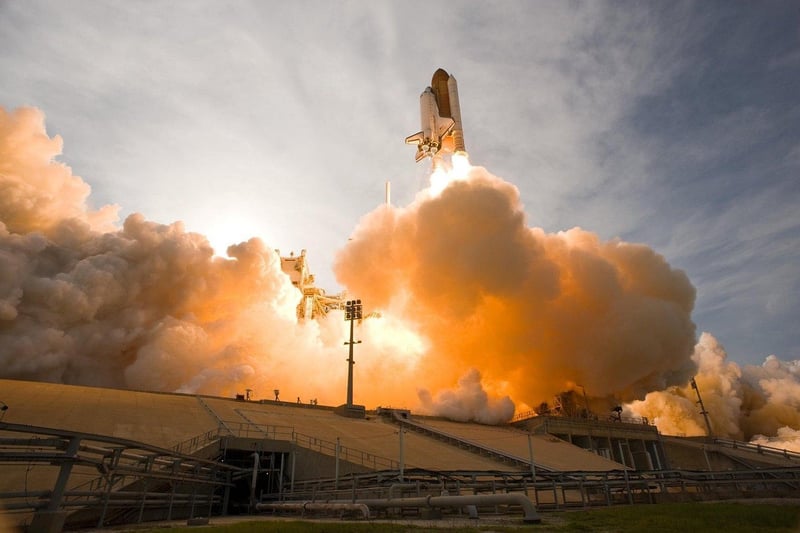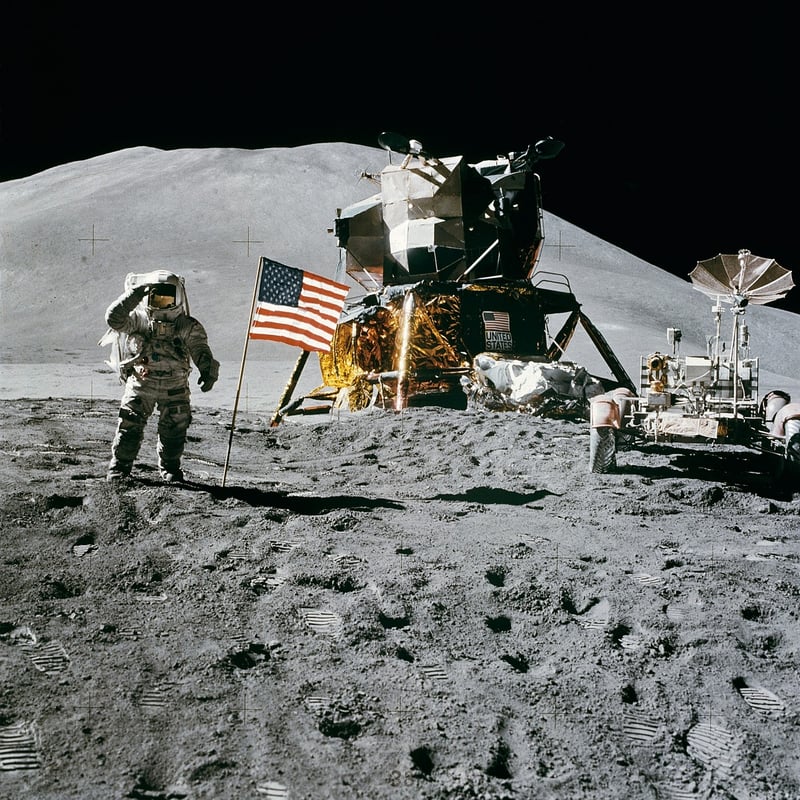Spacecraft Design
The Fusion of Cutting-Edge Technology and Spacecraft Design
Space exploration has always been at the forefront of technological advancement. From the early days of spacecraft design to modern missions exploring the depths of our solar system, the fusion of cutting-edge technology and innovative spacecraft design has propelled humanity to new frontiers.
Revolutionizing Spacecraft Design
Recent years have seen remarkable advancements in spacecraft design, driven by breakthroughs in materials science, propulsion systems, and miniaturization of electronics. These innovations have enabled the creation of more efficient, versatile, and robust spacecraft than ever before.
Materials Science
New lightweight materials like carbon composites have revolutionized spacecraft construction, making them lighter yet stronger. This allows for larger payloads, improved fuel efficiency, and enhanced durability in the harsh conditions of space.
Propulsion Systems
Advanced propulsion systems such as ion engines and plasma thrusters provide greater thrust and fuel efficiency, enabling spacecraft to travel farther and faster than previously thought possible. These systems are crucial for long-duration missions to distant planets and beyond.
Miniaturization of Electronics
The miniaturization of electronics has led to the development of smaller, more power-efficient spacecraft components. This not only reduces overall spacecraft size and weight but also increases reliability and functionality, opening up new possibilities for exploration.
Integration of Cutting-Edge Technology
Spacecraft today are equipped with a myriad of cutting-edge technologies that enhance their capabilities and enable groundbreaking scientific discoveries. From autonomous navigation systems to advanced imaging sensors, these technologies have revolutionized space exploration.
Autonomous Systems
Autonomous systems onboard spacecraft allow for real-time decision-making without human intervention. This is essential for missions where communication delays make remote control impractical, ensuring the spacecraft can adapt to changing conditions on its own.
Advanced Imaging Sensors
High-resolution imaging sensors capture detailed images of distant planets, moons, and celestial bodies, providing scientists with invaluable data for research and exploration. These sensors enable us to study the universe in unprecedented detail.
Artificial Intelligence
Artificial intelligence is increasingly being integrated into spacecraft systems to optimize performance, analyze complex data sets, and even assist in mission planning. AI enhances the efficiency and productivity of spacecraft operations, pushing the boundaries of what is possible in space exploration.
The Future of Spacecraft Design
As technology continues to advance at a rapid pace, the future of spacecraft design holds exciting possibilities. From next-generation propulsion systems to AI-driven autonomous missions, the fusion of cutting-edge technology and innovative spacecraft design will continue to drive humanity's exploration of the cosmos.

Whether venturing to the far reaches of our solar system or probing the mysteries of distant galaxies, spacecraft designers and engineers will continue to push the boundaries of what is achievable, shaping the future of space exploration for generations to come.
